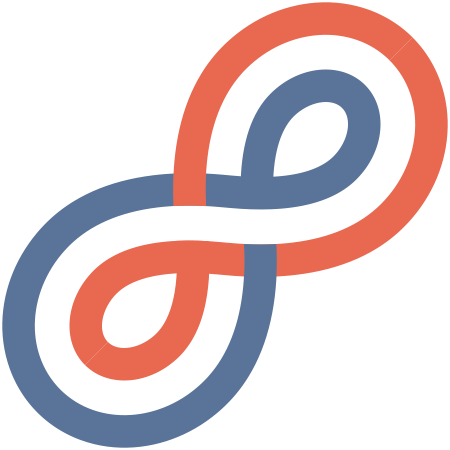One Arm (Pulling) Is Greater Than Two
Conor Meyler is a Gaelic Football star, nominated for player of the year in 2021. Every season is bruising, but each one also leaves his body repeatedly aggravated in specific areas—or as he put it, "chronic niggles." He didn't want to risk those niggles becoming something worse and threatening his next season; Conor hasn't missed a game in years and puts a high priority on his body's ability to meet the demands of his fast, occasionally brutal, sport. (If you’re wondering what Gaelic Football is, click here.) He came to Santa Cruz for a week of training that included changing his running mechanics, walking, breathing, squatting, and yes, a lot of one-arm pulling.
During our fourth session, Conor mentioned that a friend's curiosity was piqued after watching IG clips of our work. "Why do you do so much one-arm pulling?" he wanted to know. I smirked and volleyed the question back to him: “You’re a perfect example. What happened to your shoulders today?”
He paused and then answered, "They did what they're supposed to."
Exactly. Let me explain.
During his evaluation, Conor mentioned right shoulder pain. Nothing severe, but not something to brush under the rug either. Continuing my assessment, I asked him to hang and show me his pull-ups, which you can see in the video below.
Sure, he’s strong, but look at his right shoulder blade compared to his left: it rotates upward excessively. See how much it pokes out to the side? This extra shoulder blade motion is a substitute for normal shoulder joint motion. That substitution is an opportunity for us to improve his performance and reduce his risk of injury. To fix it, I didn’t ask him to change his shoulder blade position, squeeze any muscles, or pinch his scapula to his spine. I asked him to do a different movement.
Look at what happened when I had him do a one-arm pull-up.
(No witchcraft, magic, or voodoo was cast during this session.)
If I tried to correct his normal pull-ups, it would require an impossibly complicated coaching cue, “normalize your upward rotation and shoulder flexion.” Instead, I had him pull from one arm. His body had to organize in better ways and his movement substitution was reflexively resolved. At Apiros, we pull with one arm because it creates better movement patterns than pulling with two. And in Conor’s case, it removed his shoulder pain immediately.
Pulling with one arm creates better movement patterns.
Whether someone plays volleyball, baseball, American football, Gaelic football, or Brockian Ultra-Cricket, one-arm pulling is something I want everyone to do in some capacity. Even if they’ve had bicep tendonitis, a torn labrum or rotator cuff, once they’re in a position to do so safely, they get one-arm pulling work. (In fact, athletes with those injuries probably need it more than others.) Everyone benefits from it because of the positions it creates with the shoulder and the high demand on integral muscles like the rotator cuff and serratus anterior.
Keep in mind: Not everyone can jump from two-arm pull-ups to one-arm pull-ups, even with assistance. Many of my athletes do weeks or months of two-arm overhead pulling variations before I graduate them to one-arm work. Regardless of where anyone starts, I know where I want everyone to finish: pulling themselves upward with one arm. What happens between the start and finish? Well, I can’t give away all my secrets now, can I? That’s what my educational course is for, and what happens within my one-on-one sessions with athletes.
Lastly, I need to mention that not all pulls are created equally. Single arm rows with dumbbells won’t have the same effect. The hand has to be fixed and the body must pull toward it. With that said, I haven’t found the same result from the kind of row where you pull your horizontal body to a suspended TRX handle, bar, or gymnastic ring. It’s just too easy to compensate and doesn’t have the same demands. The fixed point needs to be above the head.
Secure your spot now for the next Evolved Coaching Course.
Sign up to be notified of my book’s release date.
Sign up for the Apiros Newsletter and you’ll be the first to get blog posts and other content.


